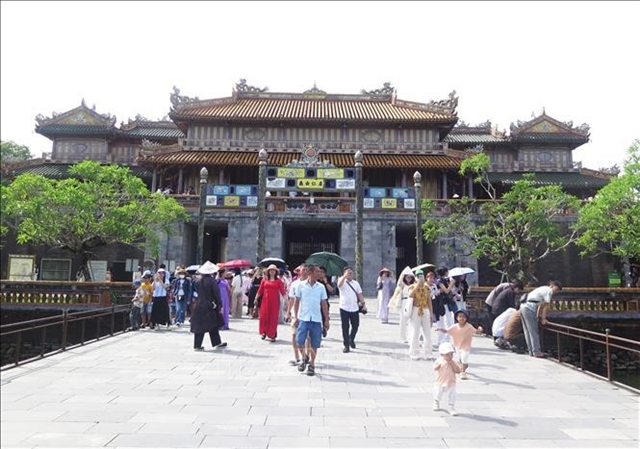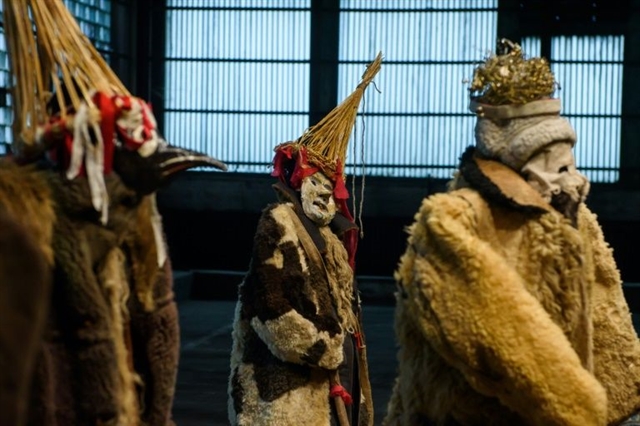 Life & Style
Life & Style


|
| "Religious Libertarians" by Russian artist Nikolay Smirnov was shown at the RIBOCA2 biennial in Riga. — AFP/VNA Photo |
RIGA — The coronavirus pandemic has shut down art exhibitions around the globe, but organisers of the RIBOCA2 biennial in Latvia have pushed ahead, reimagining the event to reflect challenging times.
To ensure social distancing, installations by nearly 70 international artists are showcased at the sprawling 20ha Soviet-era Andrejsala industrial port in Riga, long abandoned and given up to nature.
Titled "and suddenly it all blossoms", this year's edition of the Riga International Biennial of Contemporary Art has also been shortened from five months to three weeks that run from August 20 through September 13.
It stretches from Andrejsala's ramshackle port warehouses, past grain silos and old piers.
"Andrejsala is a unique place inside the city, where former port buildings and constructions live together with wildlife but almost no people, which prompted us to think how nature would respond if there were no more people around," Rebecca Lamarche-Vadel, the chief curator, said.
"We prepared the concept, and then, two months before the opening date, an actual pandemic catastrophe hit the world, making us rethink everything," she added, explaining how the spacing of the exhibition was adjusted to the pandemic.
Stillness and calm
Due to travel restrictions, only a few of the featured artists made it to Riga.
One is Bridget Polk from New York, whose "Balancing rocks and rubble" installations of precariously balanced stacks of stones and construction rubble evoke a striking sense of heaviness, fragility and grace.
More than a hundred art lovers joined her masterclass inside a vast steel hangar to balance rocks and rubble themselves, creating temporary sculptures, some up to 2m high.
"When you were busy balancing these rocks, did you feel stillness and calm inside? Well, then you were going into meditation," Polk told the crowd.
Elsewhere, deep inside a former customs and duty warehouse, piles of clay cover the concrete floor.
Up close, hundreds of small faces, hands, rooftops, arches, dishes and other objects become visible on the clay surface, making it a scale model of an unfinished civilisation.
Austrian artist Katrin Hornek's "A Landmass to Come" installation takes viewers on a guided meditation deep inside the Earth and back, then offers them a chance to add their own clay object to the collection.
Other works have come from across Europe and as far as China, but for the most part only Baltic artists have been able to present their installations in person.
Lamarche-Vadel said organisers are making a film to document the biennial and share it with those unable to attend owing to coronavirus restrictions. — AFP




